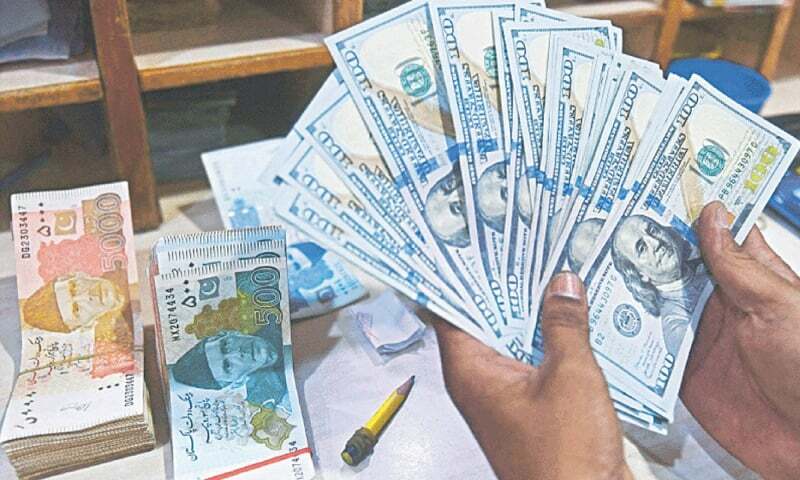Rupee holds steady ahead of holidays

Source: Dawn
Author: Shahid Iqbal
KARACHI: In the lead-up to the Eid holiday break, the rupee displayed resilience, staying steady against the US dollar in Tuesday's interbank trading.
According to the State Bank, the dollar closed at Rs277.94 on Tuesday compared to Rs277.95 the previous day.
Over the past three months, the rupee has appreciated by around Rs3 against the dollar, signalling a period of stability and incremental growth in the local currency's performance.
While this exchange rate stability did not directly spur foreign direct investment, March witnessed a significant uptick in domestic bond inflows.
The SBP's data reveals an inflow of $89 million into treasury bills during March, the highest monthly inflow during the current fiscal year. The figure also outpaced equity inflows, which stood at $26.4m, even as the stock market experienced notable volumes.
Some analysts still fear any shock can destabilise exchange rate within days
Currency experts say the current boom in the equity market is mainly due to stability in the exchange rate, but the treasury bills proved more attractive for foreign investors.
The gradual appreciation of the rupee against the dollar supported the exchange rate, but exporters were perturbed by this situation. Some bankers say the rupee may appreciate more rapidly if the local currency sets it free, but the government and the State Bank are trying to manage the exchange rate in favour of exporters.
Exporters express concern over the potential for decreased earnings due to the dollar's devaluation, with forward booking premiums dropping significantly.
The State Bank's latest report shows its foreign exchange reserves at slightly above $8bn, which is insufficient to keep the exchange rate stable amid continuous debt servicing payments.
The outflows for debt servicing eat up over 85 per cent of the remittances coming into the country. The remittances are higher than export proceeds and play a key role in curbing the current account deficit.
Facing increasing debt repayment obligations, which are undermining the nation's financial stability, Pakistan requires an ambitious $25 billion for the next fiscal year (2024-25) to manage its external account effectively. This necessitates a strategy focused on equating exports with imports to mitigate the trade deficit.
However, the current government approach largely mirrors past tactics, relying on seeking new loans from the IMF, soliciting additional support, aid and grants from friendly nations, and negotiating loan rollovers with key partners like Saudi Arabia, UAE and China.
"There is no hope for a strong future of the local currency. Any shock could destabilise the exchange rate within days," a currency dealer said.
